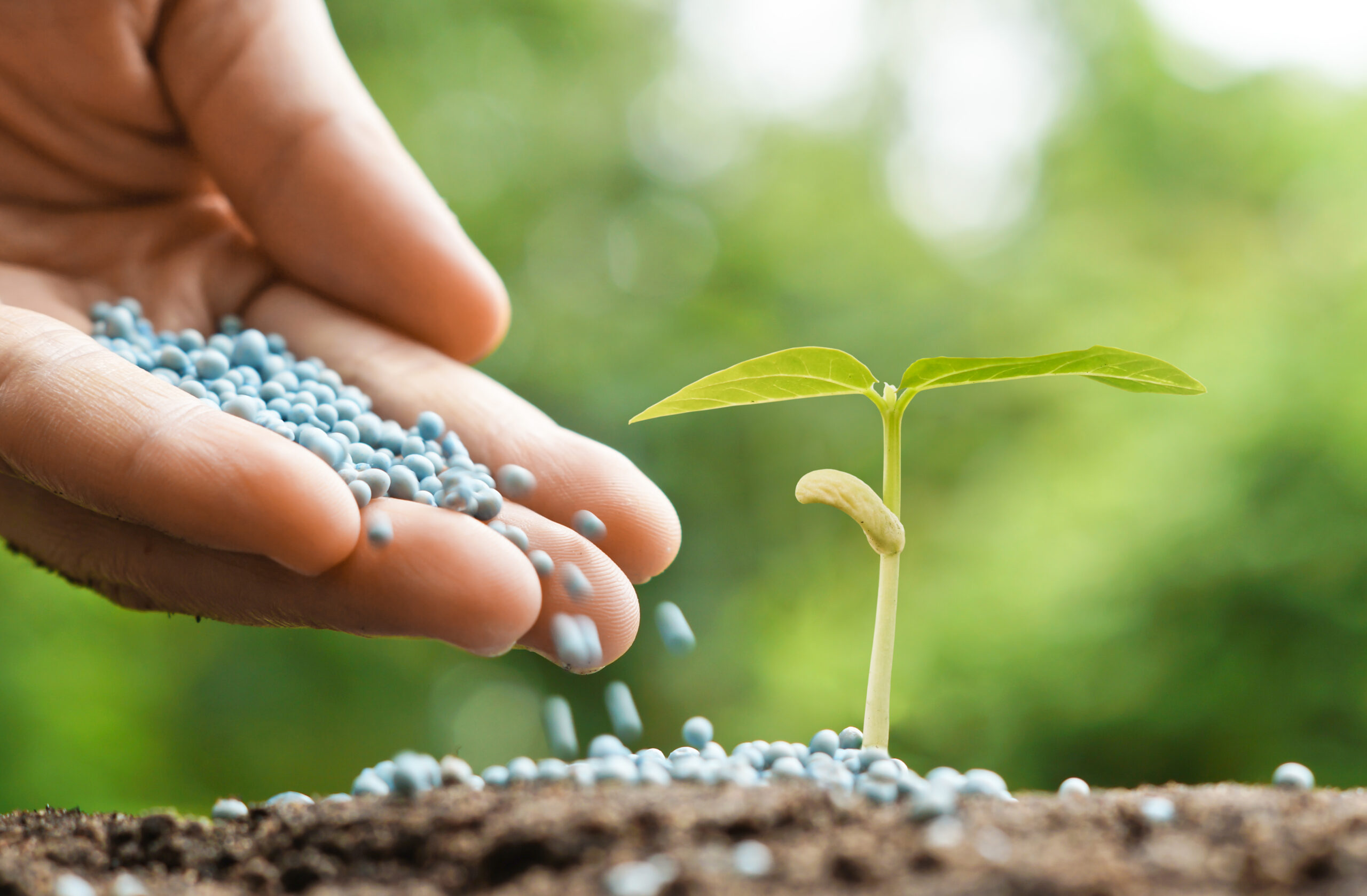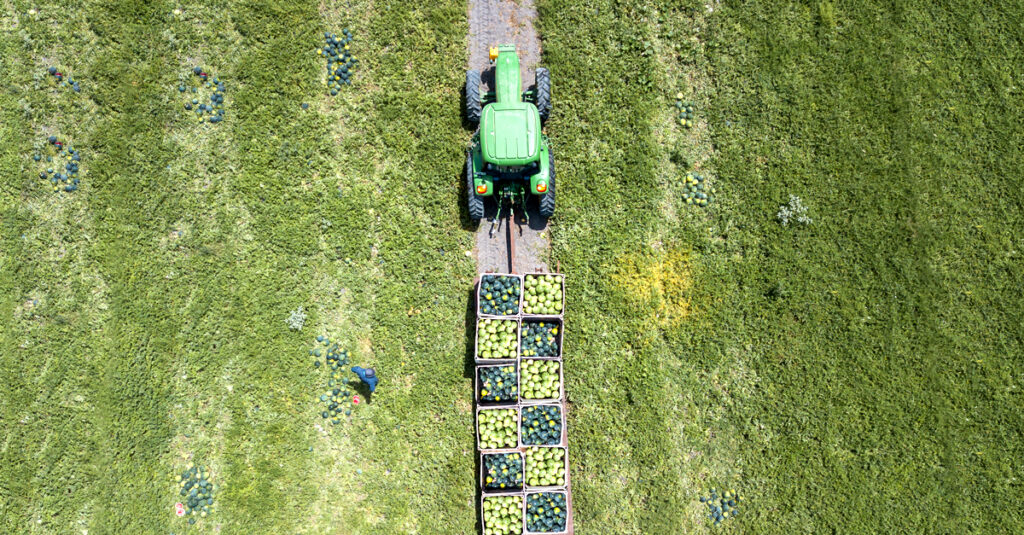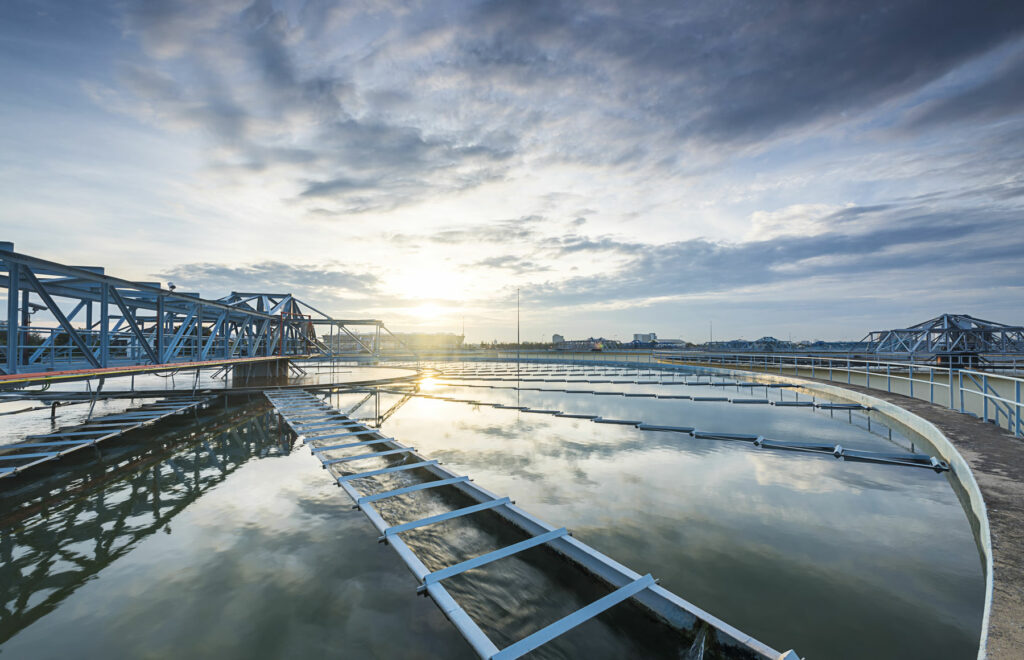Water treatment plants are changing in both how they look and how they function. They’re becoming veritable wastewater recovery plants. They’re becoming major players in the circular economy in terms of energy. In just a few years, these treatment plants have been transformed into “wastewater recovery plants” that are able to offer new resources.
Phosphorus is a key mineral fertiliser in agriculture. In the Ancient Egyptian times, crushed bones were mixed with soil to enrich it. As phosphate, it helps plants to develop roots and ripen their fruit. It’s also a necessary ingredient in NPK fertiliser, nitrogen, phosphorus, potassium. Phosphorus also helps plants increase their resistance to low temperatures. It is used as a fertiliser in 90 % of marketing gardening. No phosphorus means no tomatoes, no salad leaves, no peas, and no wheat. Phosphorus is also used in food processing to preserve some meat and seafood.

A major challenge
The only phosphorus mine in Europe is in Finland, and supplies far from enough. Therefore, we have to import tonnes of phosphorus a year, mainly from Morocco, to grow crops and preserve food. Morocco provides 20 % of the world’s phosphate, it’s the number one exporter in the world and the main supplier to France. However, this rock powder, which is so essential to our crops, is not an unlimited resource. With increased demand every year and a growing population, there are only 50–100 years-worth of phosphate left. There is a huge risk that agricultural production will see a shortage, or at least a significant increase in the price, of phosphorus in the years to come. The idea is therefore to recycle the phosphorus that we consume. Once ingested through our diet, it can be found in our faeces and then in the wastewater going into treatment plants. This is a source of phosphorus that is just waiting to be harnessed.
Thanks to technological innovation, it is now possible to extract phosphorus from sludge that has been dried out and crushed down. This technique is called leaching. The waste is put into a reactor, it is chemically treated and the phosphorus is precipitated at the bottom of the reactor. A solvent is then used to dissolve the phosphorus in the sludge and it will then be turned into a solid element using precipitation. Heavy metals are removed in the same stage so that they do not end up on the crops. Using this process, 90 % of the phosphorus in our wastewater can be recovered. Phosphorus is found in the form of small white granules called struvite. It’s a real gem since it can be turned into fertiliser and sold to farmers. There are multiple savings since the treatment plant will see a reduction in energy consumption, use fewer chemical products, spend less on treating the sludge, and increase the lifespan of the equipment.
Every year in France, around 1.8 billion kilos of dry sludge is produced by the industrial sector and urban wastewater treatment plants.
Stay in touch :

Faced with water stress and the threat of climate change, Morocco is launching an ambitious plan to make water management safer and more streamlined

Back California: Turning wastewater into drinking water Every year since 2012, southern California has been experiencing increasingly severe droughts. To protect the precious resource as

Back Israel: “Make the desert bloom!” David Ben Gourion, founder of the state of Israël If there really is a miracle in Israël, it comes

Making biogas from our used water is possible, and it works. Treatment plants transform the organic waste into biogas to heat homes and fuel vehicles. This means significant savings in fossil fuels and a responsible approach to producing renewable energy, especially in the current climate.

| Cookie | Duration | Description |
|---|---|---|
| cookielawinfo-checkbox-analytics | This cookie is set by GDPR Cookie Consent plugin. The cookie is used to store the user consent for the cookies in the category "Analytics". | |
| cookielawinfo-checkbox-functional | The cookie is set by GDPR cookie consent to record the user consent for the cookies in the category "Functional". | |
| cookielawinfo-checkbox-necessary | This cookie is set by GDPR Cookie Consent plugin. The cookies is used to store the user consent for the cookies in the category "Necessary". | |
| cookielawinfo-checkbox-others | This cookie is set by GDPR Cookie Consent plugin. The cookie is used to store the user consent for the cookies in the category "Other. | |
| cookielawinfo-checkbox-performance | This cookie is set by GDPR Cookie Consent plugin. The cookie is used to store the user consent for the cookies in the category "Performance". | |
| viewed_cookie_policy | The cookie is set by the GDPR Cookie Consent plugin and is used to store whether or not user has consented to the use of cookies. It does not store any personal data. |